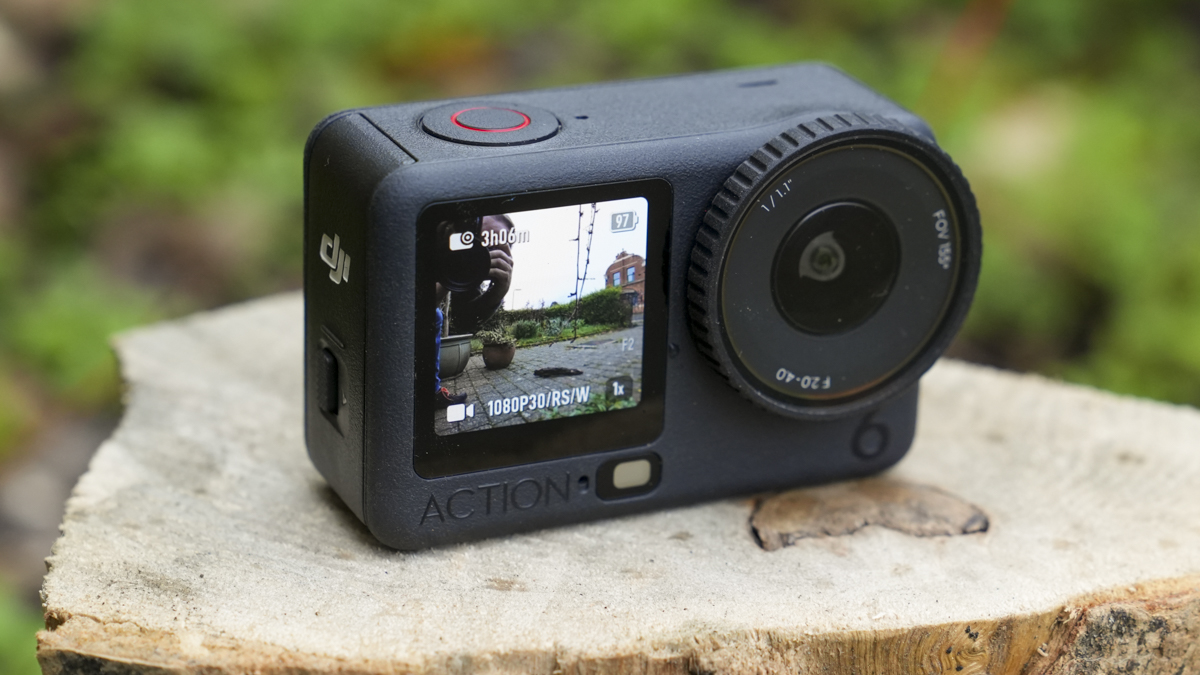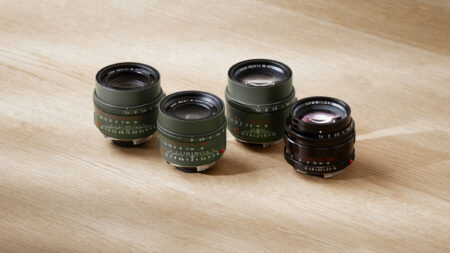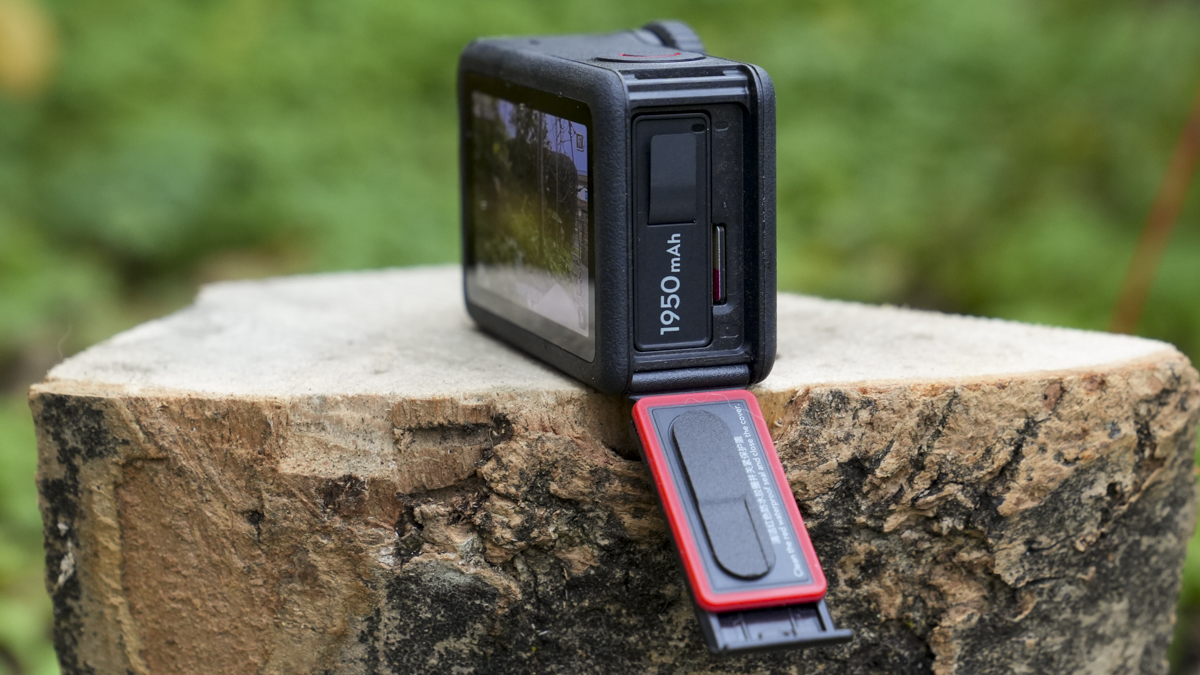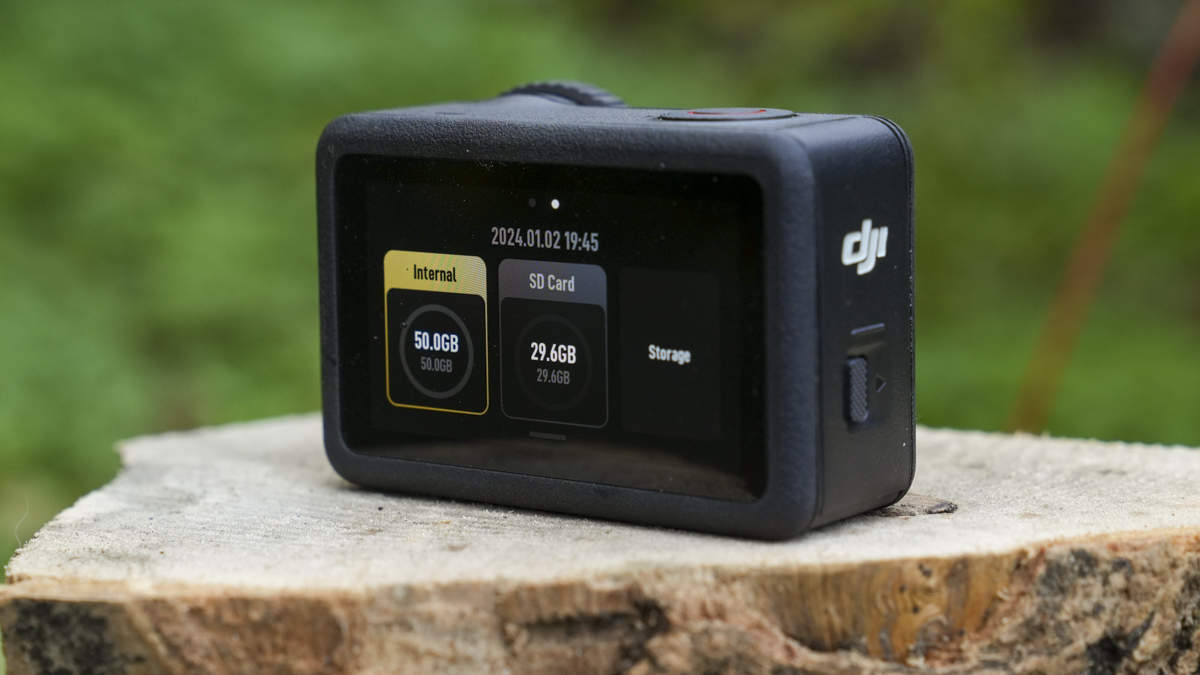DJI Osmo Action 6 is the latest iteration of DJI’s celebrated action camera range, and when it comes to use, functions and features, it’s quite a step up from the Osmo Action 5 Pro I looked at last year.
Instantly, one of the things that really stands out about this new model is a few of the new features, including the brand-new square CMOS sensor, the variable aperture, a first for an action camera, and the building of an ecosystem around the Osmo Action that takes it well beyond just being used as a go-anywhere camera to capture the Action.
With all of these action cameras, we’re now settling into a groove with a yearly release and small but significant upgrades in features. While the upgrade between the Osmo Action 4 and 5 was incremental, I have to say that while using the Osmo Action 6, there was something a little bit more than I’d seen in previous iterations. The fact that it now features that 1/1.1-inch square sensor does make a big difference, especially when it comes to low light performance – and the fact that you can now film in both landscape and portrait orientations at 4K at the same quality makes it a far better option for social media editing and follows the trend for how people are now shooting video.
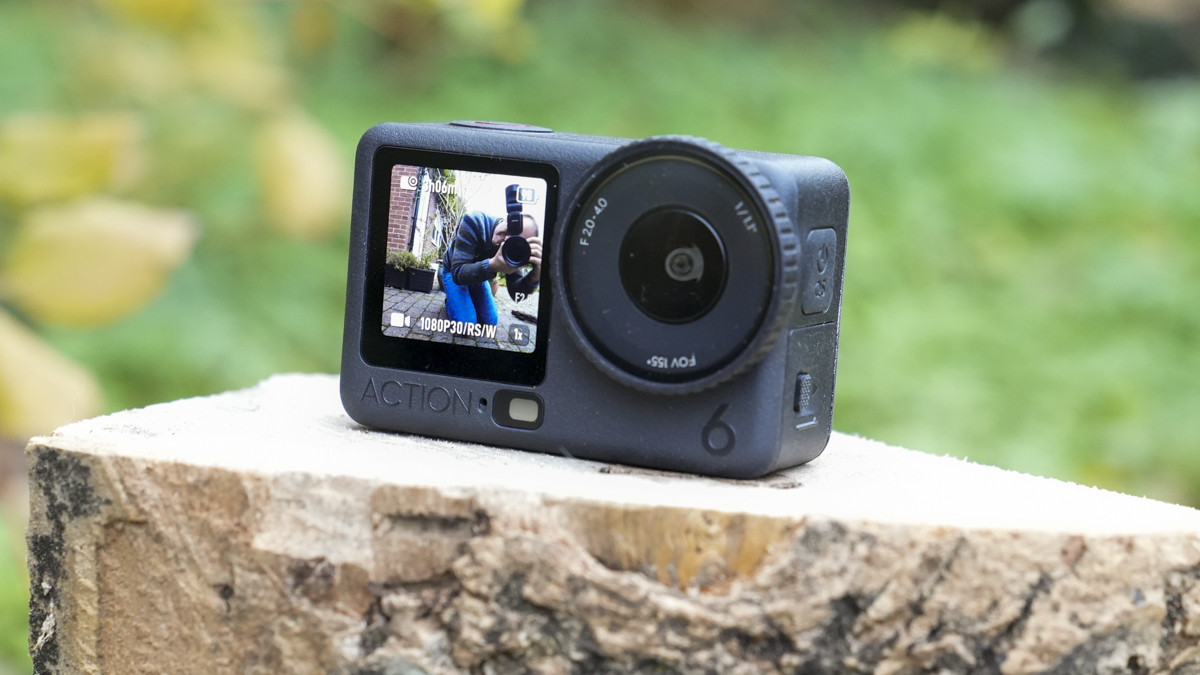
The other point here is the full integration with the Mic transmitter, which just makes recording decent vlog audio that much better. So, if you’re filming for Facebook, Instagram or TikTok, then the Osmo Action 6 is a superb choice.
Then there’s the feature that really interested me at the outset, which was the industry-first variable aperture. This is not something that you’d usually get on an action camera. There are several reasons I found the variable aperture quite as exciting as it is, primarily, as I was looking forward to seeing how it affects the depth of field.
In the past, almost all action cameras have featured a fixed aperture lens. This means there’s no control over depth of field, and in bright sunlight conditions, ND filters were a major part of any action camera setup. However, now that we can adjust that aperture in bright conditions, we can close it down to balance the exposure, and in low light, we can open it up, letting in more light.
However, it’s worth saying that because of the wide-angle lens, you’re never going to get the depth of field control you get with a dedicated camera or even through your mobile phone’s camera app, but still, it’s a step in the right direction. DJI have countered this issue by offering a macro lens. Once this is screwed into the front, then the characteristics of the lens change, and finally, you have an action camera with some serious potential.
In the box alongside the action camera, I also took a look at the macro lens, which simply replaces the standard 155° field-of-view lens with either the macro or the FOV boost lens, both of which give a different perspective to the footage you’re shooting. Of course, as well as the new lenses, you have the range of filters, including ND, CPL and mist.

